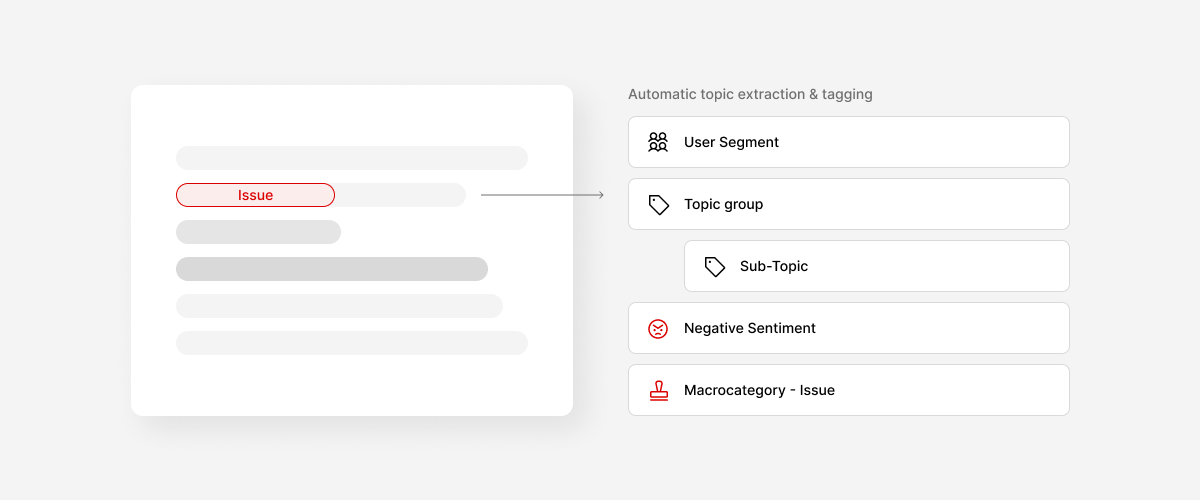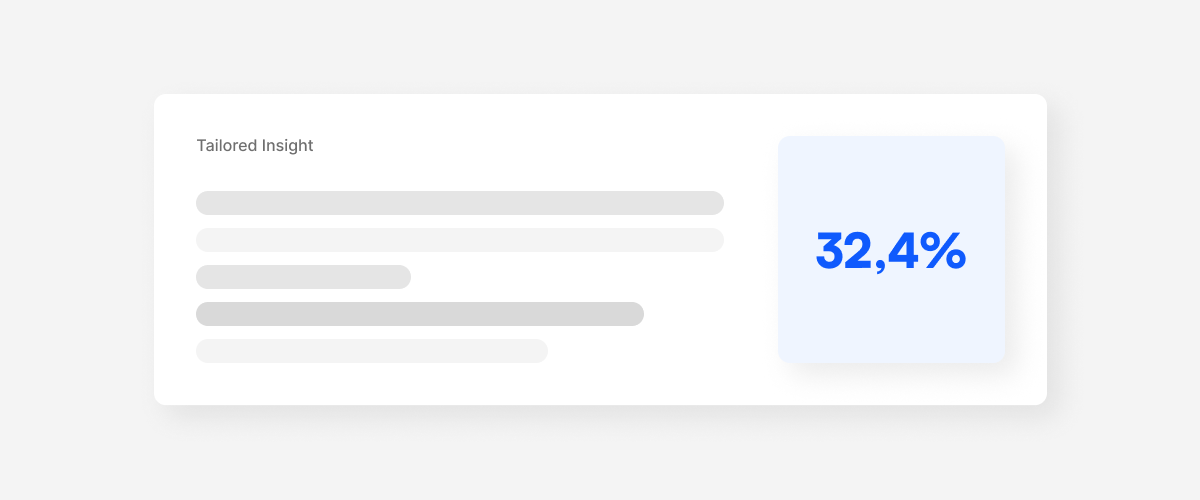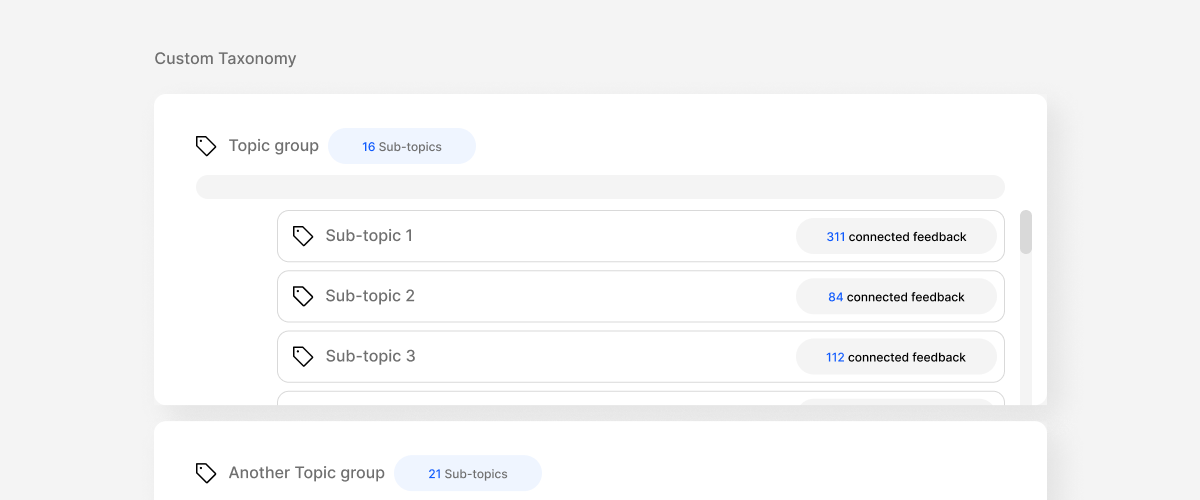I hate when people ask me about product prioritization frameworks. I find them pretty complex to manage and require a lot of wasted time - and when they’re not hard to use, they’re simply useless
So how do I tackle the “prioritization” task as a product manager?
Before getting into the answer to that question, let’s see if we’re on the same page. Some of the most common frameworks (that we also reviewed in a different article) include giving scores to certain characteristics such as RICE (Reach, Impact, Confidence, Effort), WSJF (Weighted Shorted Job First) or dividing features into specific areas like in the MoSCoW (oh, this is the worst!) and other. These are ways to help product and development teams decide how to prioritize features or the work to be done that week or that sprint or whatever.
In most of them, you just have to score each characteristic of a feature or initiative, put it on a spreadsheet and make a list out of it. Just do the ones on top first and the others later.
They sound all easy to use, right?
I’ll be honest, I don’t recommend any of these types of frameworks because they lead you down a path of prioritization theatre. i.e. they look like they are helping, but they are not in most cases.
And I’ll tell you why.
There’s too much stuff in there.
If you have so many tickets in your feature backlog that you need a framework and spreadsheet to prioritize them, then you have another problem that needs to be solved first. Where is all of this coming from? Why weren’t you able to reduce them with different approaches?
This usually indicates a lack of strategy and a real understanding of users and the market.
You shouldn’t be prioritizing single features.
Features are just technical things linked to specific initiatives or user problems. As a PM you should be focusing on moving that damn KPI that is connected to a higher level goal and strategy. See where the instinct and data take you and prioritize everything that goes towards a specific direction, not specific features!
Frameworks are just too imprecise
Frameworks like RICE, WSJF etc. have as inputs — “guesstimates” or qualitative assessments — that go into an equation. I mean, it’s the same reason why no good PM on Earth uses story points to calculate their team velocity.
Let’s take RICE as an example Reach, Impact, Confidence, Effort. Each of those is a subjective assessment that is turned into a number and then used in a calculation. How do you estimate these things? Teams change constantly, market conditions, stakeholders, everything is subject to change and even when you’re experienced - it’s hard to determine a correct value for each .
Bottom-up prioritization sucks
These frameworks promote a bottom up mindset. Well, of course, you’re prioritizing a list of features!
In reality, prioritization starts with objectives and strategy and from there, market problems, user journey, specific use cases, UX research etc.
By the time you get down to features (that, let’s remember, are technical implementations of a solution) you’ve already done a LOT of prioritization. Everything that you have down there should be important: the order in which you do things only matters if there are technical bottlenecks or dependencies!

That’s why I recommend first starting with vision, objectives and strategies to narrow down the focus and then using those as guideposts to decide on specific plans to implement. This doesn’t have to take much time, if you’re constantly focused on outcomes and if you develop your roadmap vision-first.
Ultimately, deciding what to do in the next sprint, it’s your call.
For everything else, you can use Zefi!
That’s the way many product managers already manage to drop the whole “prioritization framework” thing and help push the product, the teams and stakeholders towards what’s important: delighting the customer.









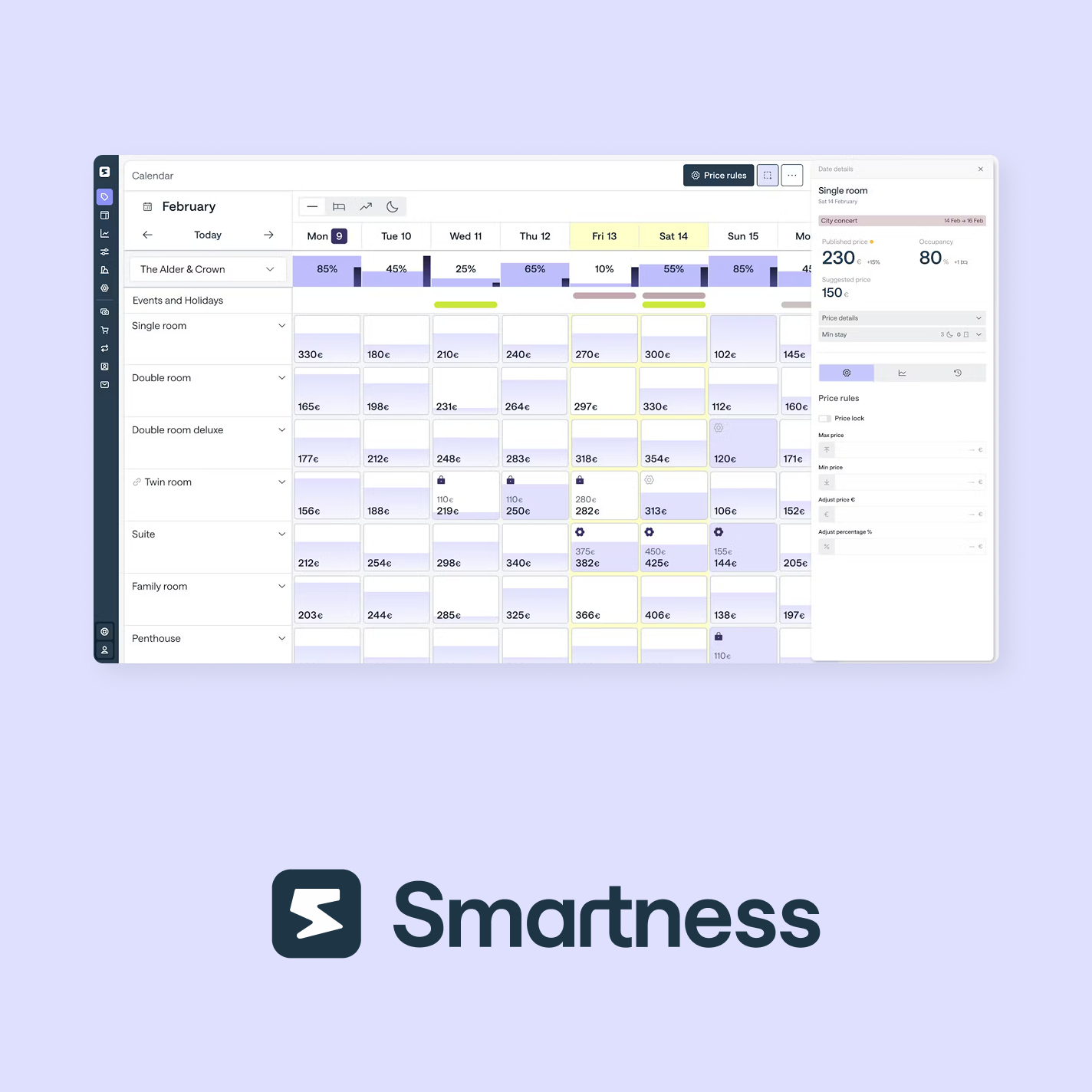




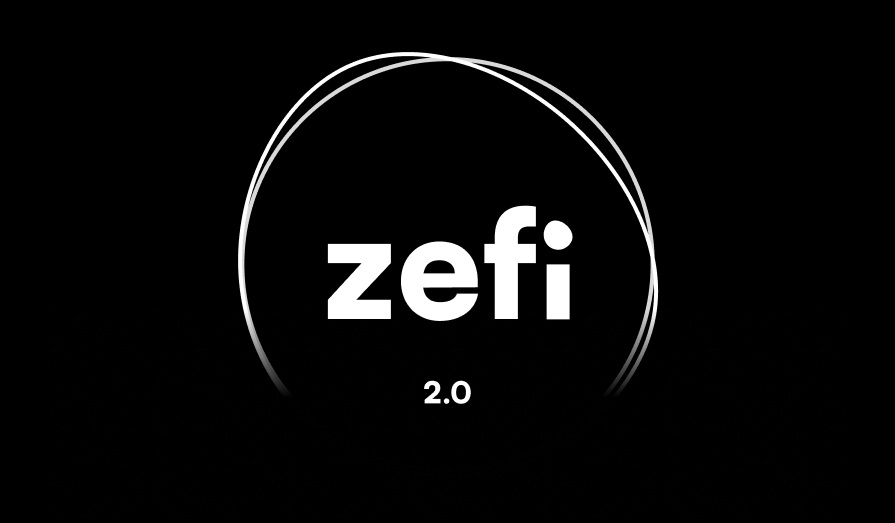

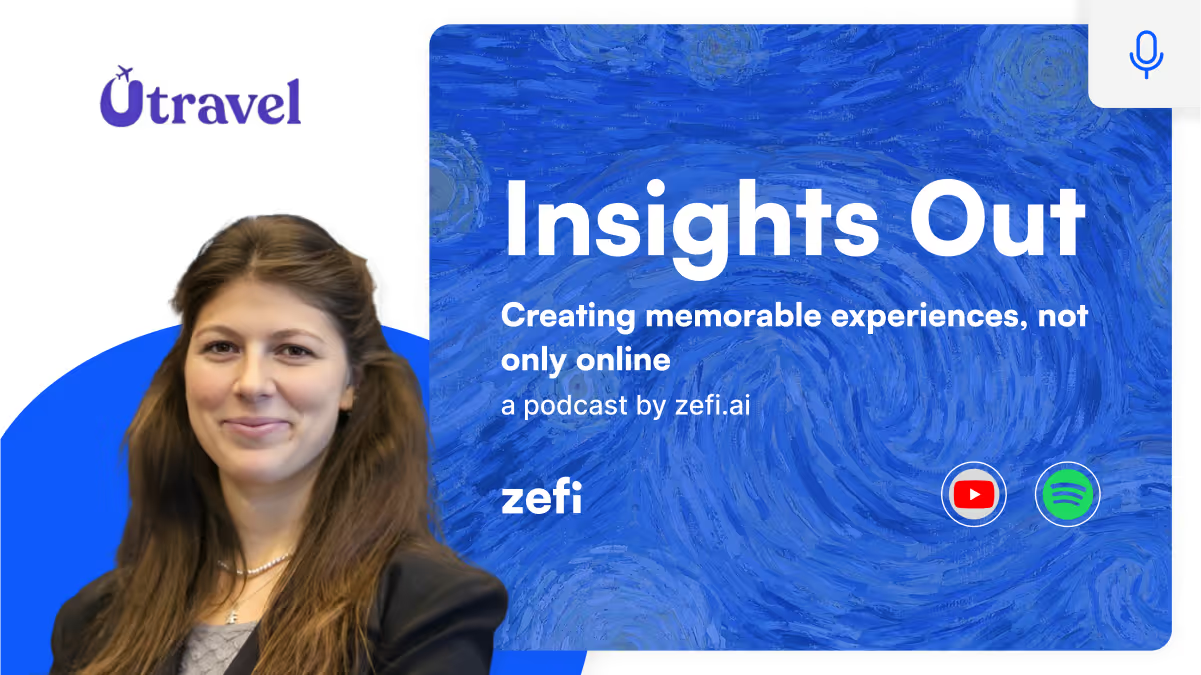
%20useless.png)


